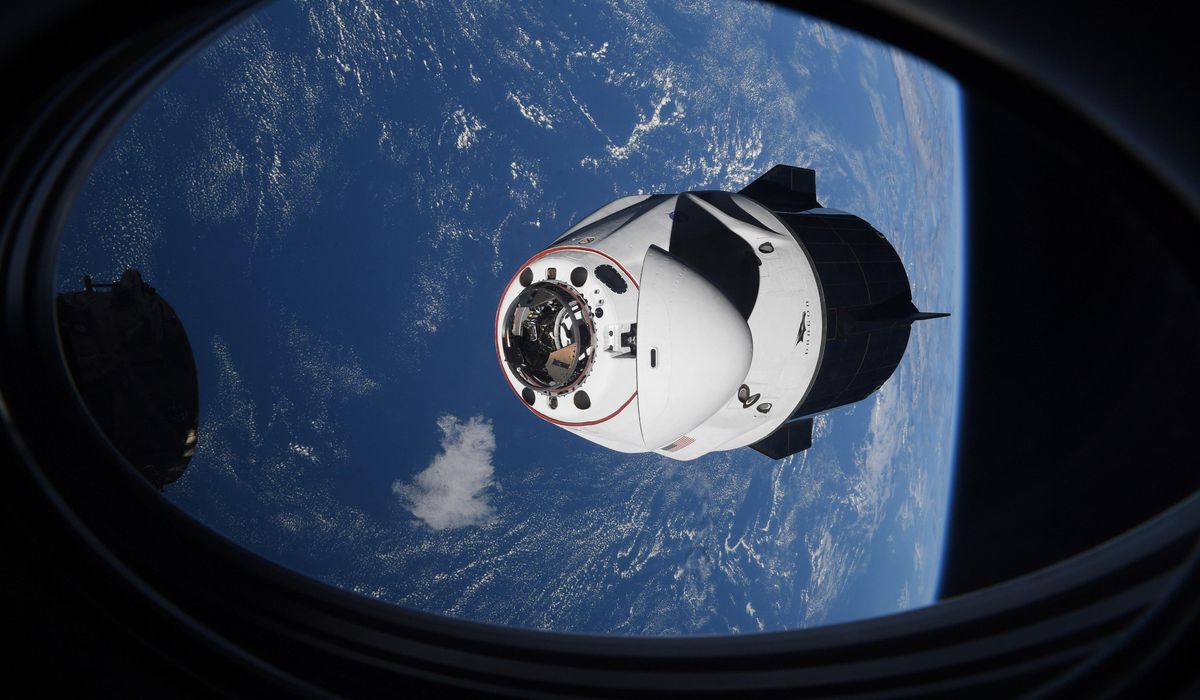


With the space industry growing and air traffic continuing unabated, a 26% chance exists that space debris will fall into high-traffic areas, according to a new study.
Researchers at Canada’s University of British Columbia who did the study first found the highest density area of air traffic on Sept. 1, 2023, based on the amount of aircraft sending out location data. The Denver area, the densest on that day, had one aircraft per 6.9 square miles.
Areas with 50% or more of that level of air traffic had a 0.8% chance of having space junk fall into them yearly, while a broader sample of areas with 10% of that level of air traffic had a 26% chance per year of encountering space debris, according to the study published in Scientific Reports last month.
The speed of aircraft makes collisions with even the smallest of space debris dangerous. Debris as small as 1 gram could destroy a plane’s engine or windshield. A 9-gram steel object could rip open a hole in the fuselage, while debris weighing 300 grams or more could cause the total loss of an aircraft, the study’s authors wrote.
As such, authorities sometimes have to scramble to suddenly close busy airspace to avoid falling space junk, such as in the aftermath of a SpaceX explosion on Jan. 16.
“The authorities set up a ’keep out’ zone for aircraft, many of which had to turn around or divert their flight path. And this was a situation where we had good information about where the rocket debris was likely to come down, which is not the case for uncontrolled debris reentering the atmosphere from orbit,” author Ewan Wright said in a release from the university.
Rocket bodies are so large that they don’t always burn up entirely upon reentering the atmosphere. Over 2,300 rocket bodies were orbiting Earth as of June, according to the study.
One author said the system of spacecraft design, which can leave the remnants of rocket bodies orbiting Earth, needs to change.
“Uncontrolled rocket body reentries are a design choice, not a necessity. The space industry is effectively exporting its risk to airlines and passengers,” author Aaron Boley, a professor at UBC, said in the school’s release.
• Brad Matthews can be reached at bmatthews@washingtontimes.com.
